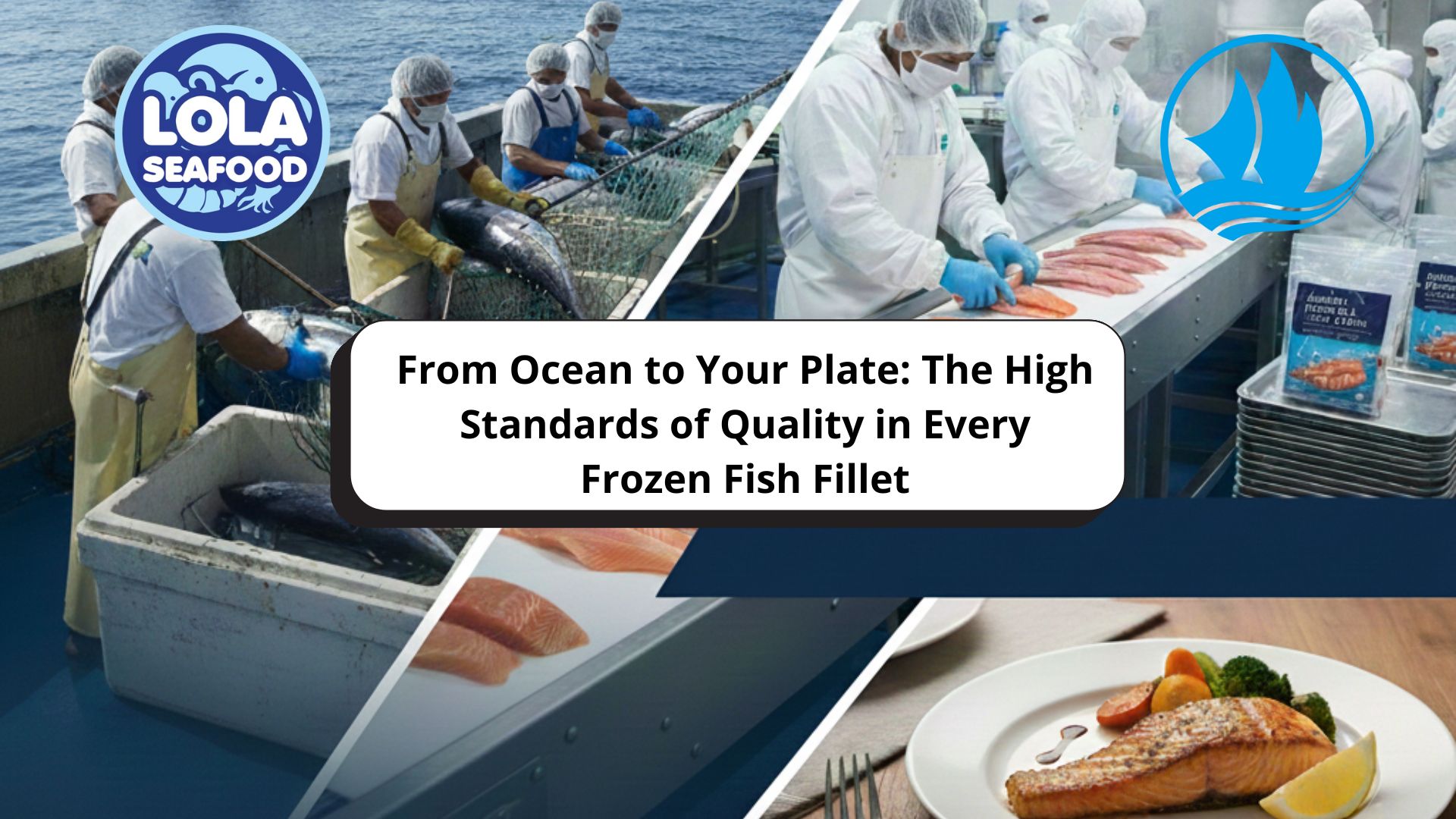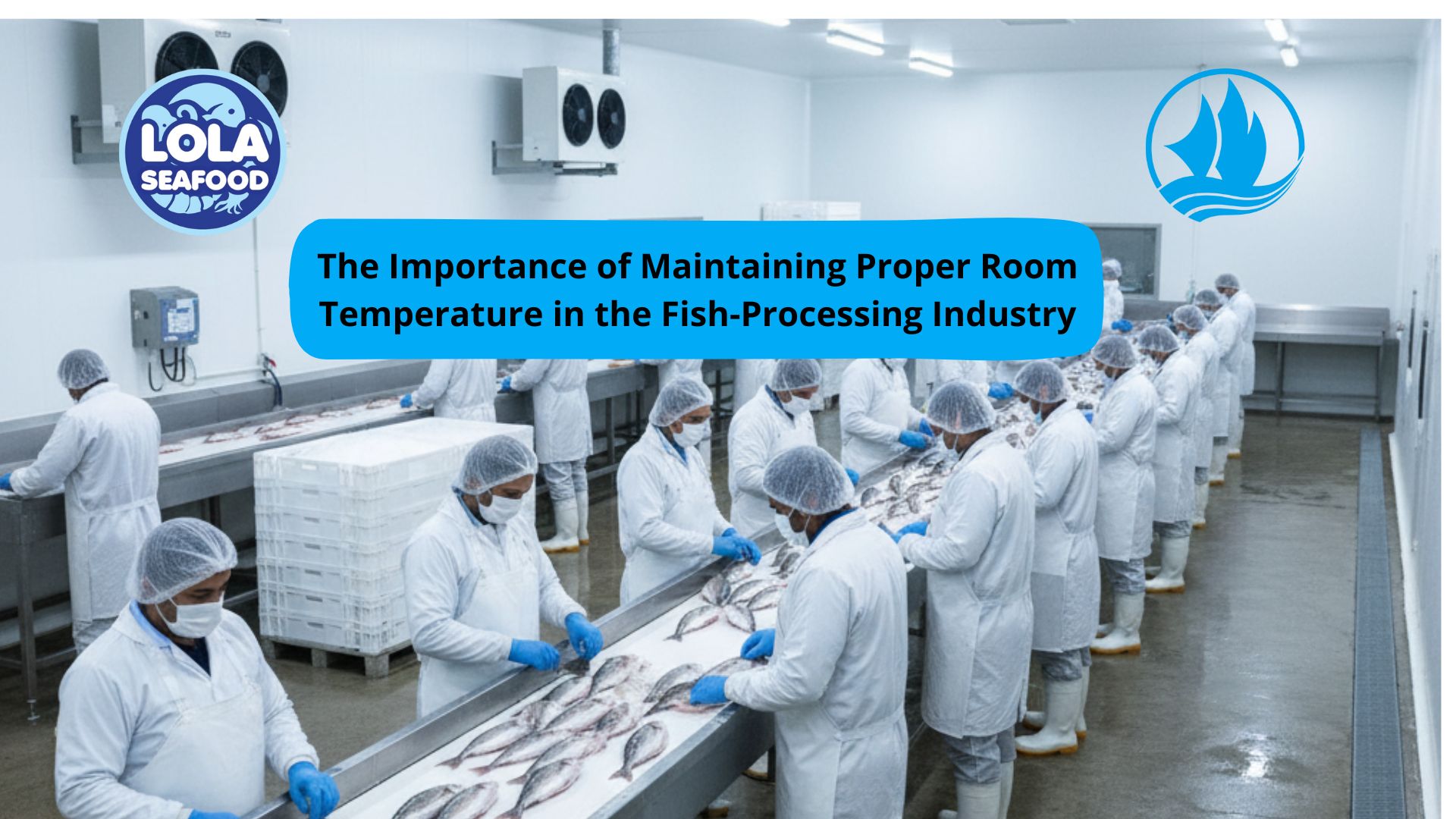The Main Benefits Of Smoked Fish When Consumed In Moderation
By. Wiwik Rasmini - 01 Sep 2025.jpg)
Kelolalaut.com Seafood is more than just a delicious source of protein—it’s a powerhouse of nutrients that support the brain, heart, skin, bones, and even emotional well-being. While supplements can provide some of these benefits, enjoying seafood in its natural form allows you to reap the rewards while indulging in a wide variety of flavors and dishes.
Nutritional Benefits:
1. Rich in Protein
Smoked fish is a high-quality source of protein, which is essential for muscle repair, growth, and overall body function.
2. Omega-3 Fatty Acids
Fatty fish like salmon, mackerel, and herring retain omega-3s even after smoking. These healthy fats support heart health, reduce inflammation, and improve brain function.
3. Vitamins and Minerals
Smoked fish provides important micronutrients such as vitamin D, vitamin B12, selenium, iodine, and phosphorus all vital for bone health, immunity, and metabolism.
4. Longer Shelf Life
The smoking process helps preserve fish, extending its shelf life compared to fresh fish. This makes it a practical protein source that can be stored and consumed later.
Culinary and Lifestyle Benefits:
1. Convenience
Smoked fish is often ready-to-eat or requires minimal preparation, making it a quick, nutritious option for busy lifestyles.
2. Unique Flavor
The smoking process gives fish a distinctive smoky aroma and taste that enhances dishes such as salads, sandwiches, and pastas.
3. Versatility
It can be eaten as is, or incorporated into various cuisines — from traditional soups to modern gourmet recipes.
Comparison Chart
Smoked Fish vs Fresh Fish (nutritional differences and health aspects):
|
Aspect |
Fresh Fish |
Smoked Fish |
|
Protein |
High-quality protein, natural and unaltered. |
Still high in protein, but may slightly decrease due to processing. |
|
Omega-3 Fatty Acids |
Excellent source (especially in fatty fish like salmon, sardine, mackerel). |
Retains most omega-3s even after smoking. |
|
Vitamins & Minerals |
Rich in vitamin D, B12, iodine, selenium, phosphorus. |
Still contains these, though some heat-sensitive vitamins may reduce. |
|
Sodium (Salt) |
Naturally low in sodium. |
High sodium due to curing and preservation process → can raise blood pressure if consumed too often. |
|
Additives & Compounds |
No harmful compounds if fresh and properly stored. |
May contain PAHs (polycyclic aromatic hydrocarbons) or nitrosamines from smoking → linked to long-term health risks if overconsumed. |
|
Shelf Life |
Short, needs refrigeration or freezing to last longer. |
Longer shelf life due to curing and smoking. |
|
Flavor & Texture |
Natural, mild flavor, soft texture. |
Smoky, rich flavor with firmer texture. |
|
Convenience |
Often requires cooking/preparation. |
Usually ready-to-eat or quick to serve. |
|
Health Impact |
Very healthy, especially when grilled, steamed, or baked with minimal oil/salt. |
Nutritious but should be eaten in moderation due to high salt and smoke byproducts. |
Practical tips for choosing healthy and safe smoked fish so you can enjoy it with minimal risks:
1. Check Appearance and Color
● Choose fish with a golden-brown or light bronze color, not too pale or overly dark/burnt.
● Flesh should look firm, moist but not slimy, and free from cracks or dryness.
2. Smell the Aroma
● Fresh smoked fish should have a pleasant smoky scent.
● Avoid fish with a sour, rancid, or overly strong chemical-like smell — it may be spoiled.
3. Look at Storage Conditions
● Buy only from sellers who store smoked fish in refrigerators or freezers, not left exposed at room temperature.
● For packaged products, check the “use-by” or expiration date.
4. Inspect Packaging and Labels
● Packaging should be intact, airtight, and free from leaks.
● Look for nutrition labels and certifications (such as FDA, USDA, or local food safety authorities).
● Prefer products labeled “low sodium” or “reduced salt” if you need to limit salt intake.
5. Choose Trusted Sources
● Buy from reputable brands or vendors known for good hygiene practices.
● Avoid fish sold in unhygienic environments (dust, flies, or exposed surfaces).
6. Pay Attention to Processing Method
● Some smoked fish are prepared using modern smoke ovens, which reduce harmful compounds compared to traditional direct smoking.
● If possible, choose products that specify “smoked with controlled process” or “naturally smoked.”
7. Mind the Sodium Content
● Smoked fish can be high in salt. If you have hypertension, kidney issues, or heart disease, select low-sodium options and consume in moderation.
8. At Home: Store and Handle Properly
● Refrigerate immediately after purchase and consume within the recommended time.
● If vacuum-packed, keep sealed until ready to eat.
● Heat before eating if stored for a while — this helps reduce bacterial risks.
If youre interested in our Coral Trout Whole Round , Coral Trout Fillet Skinless and Coral Trout Skin On please do not hesitate to contact us through email and/or whatsapp




.jpg)

.jpg)

.jpg)